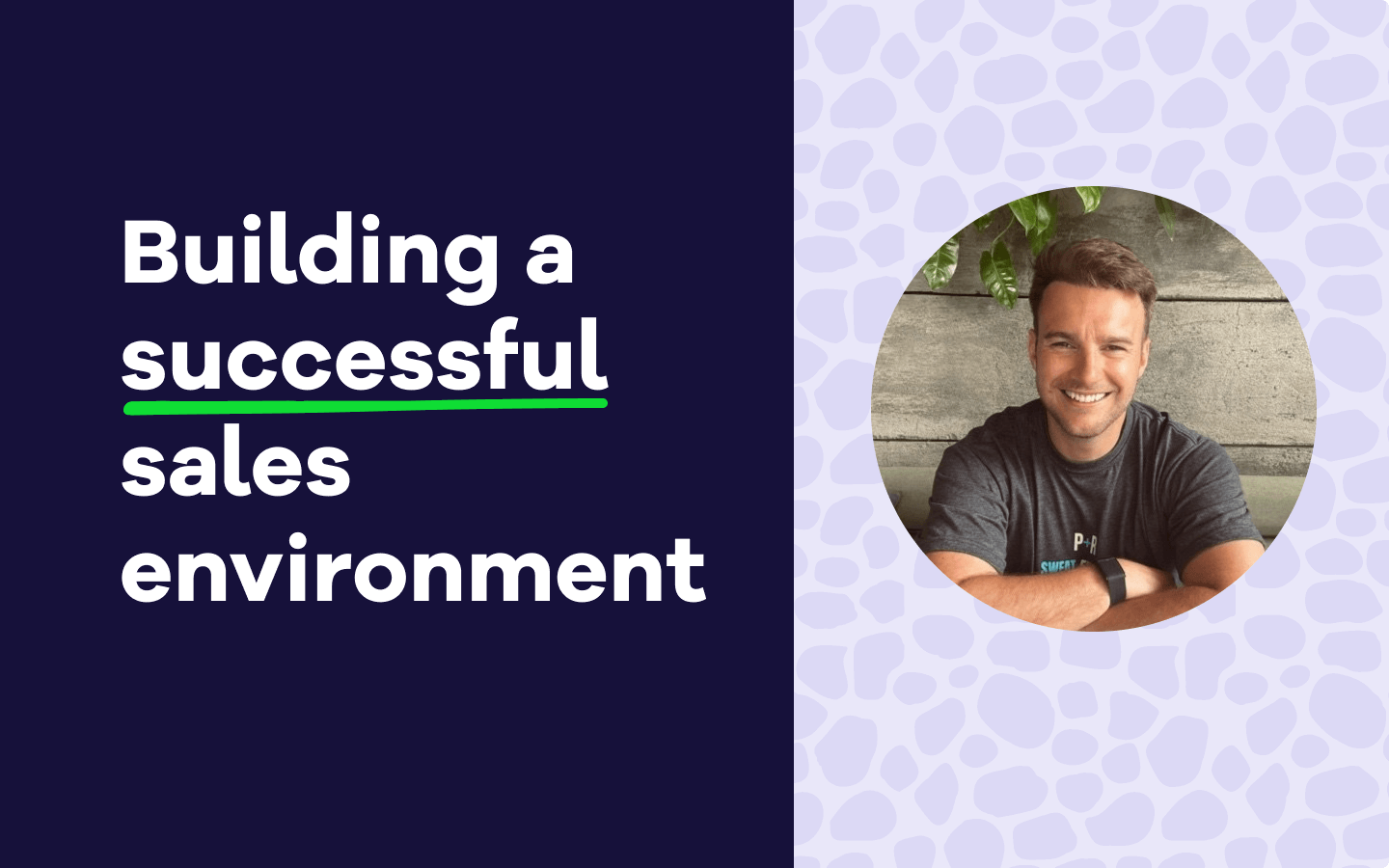

From choosing the right business goals, to communicating them to your team, we'll cover everything you need to know about goal-setting with case-studies, frameworks, cheat sheets and more.
Geckoboard is the easiest way to make key information visible for your team.
Learn how